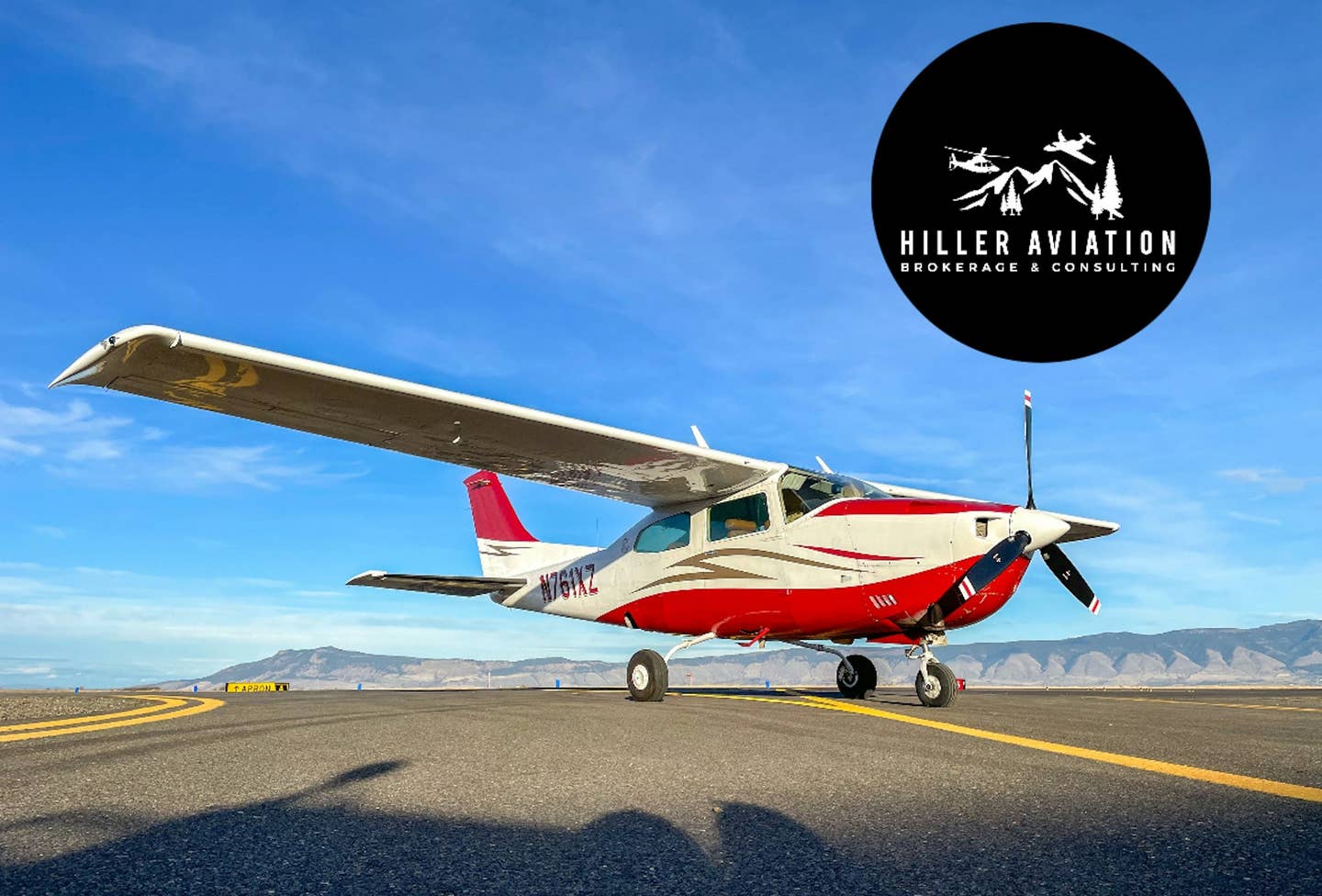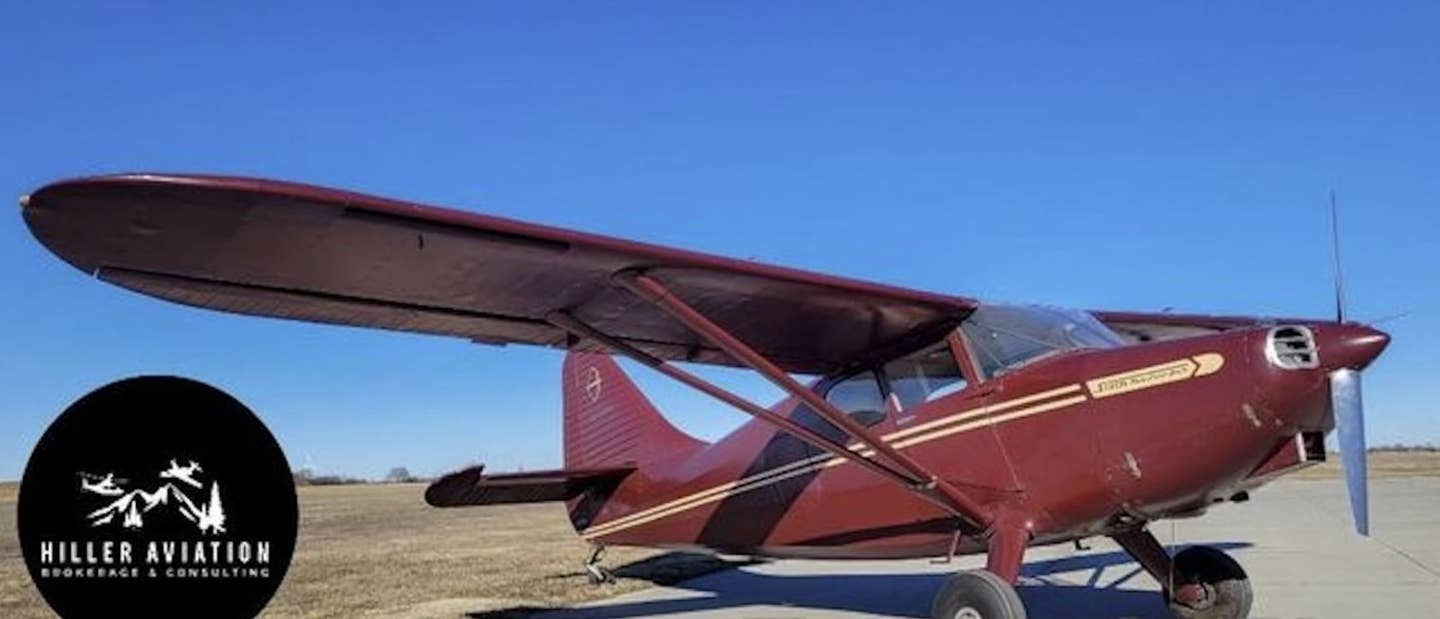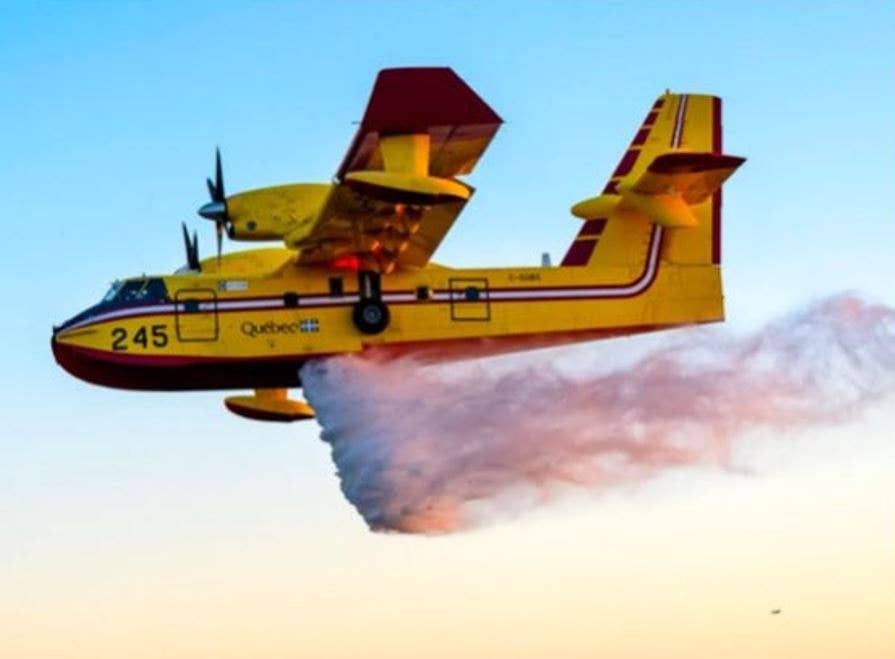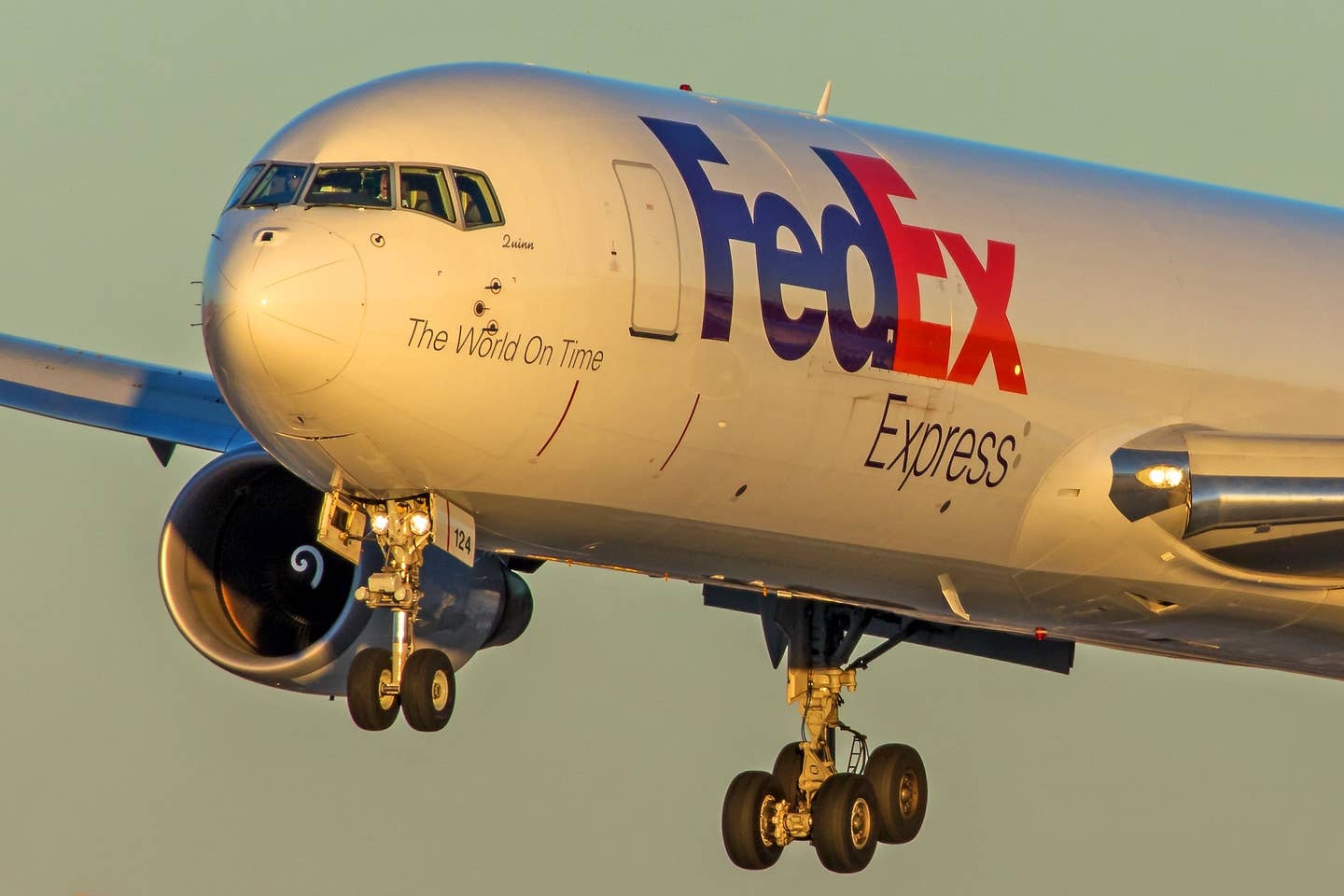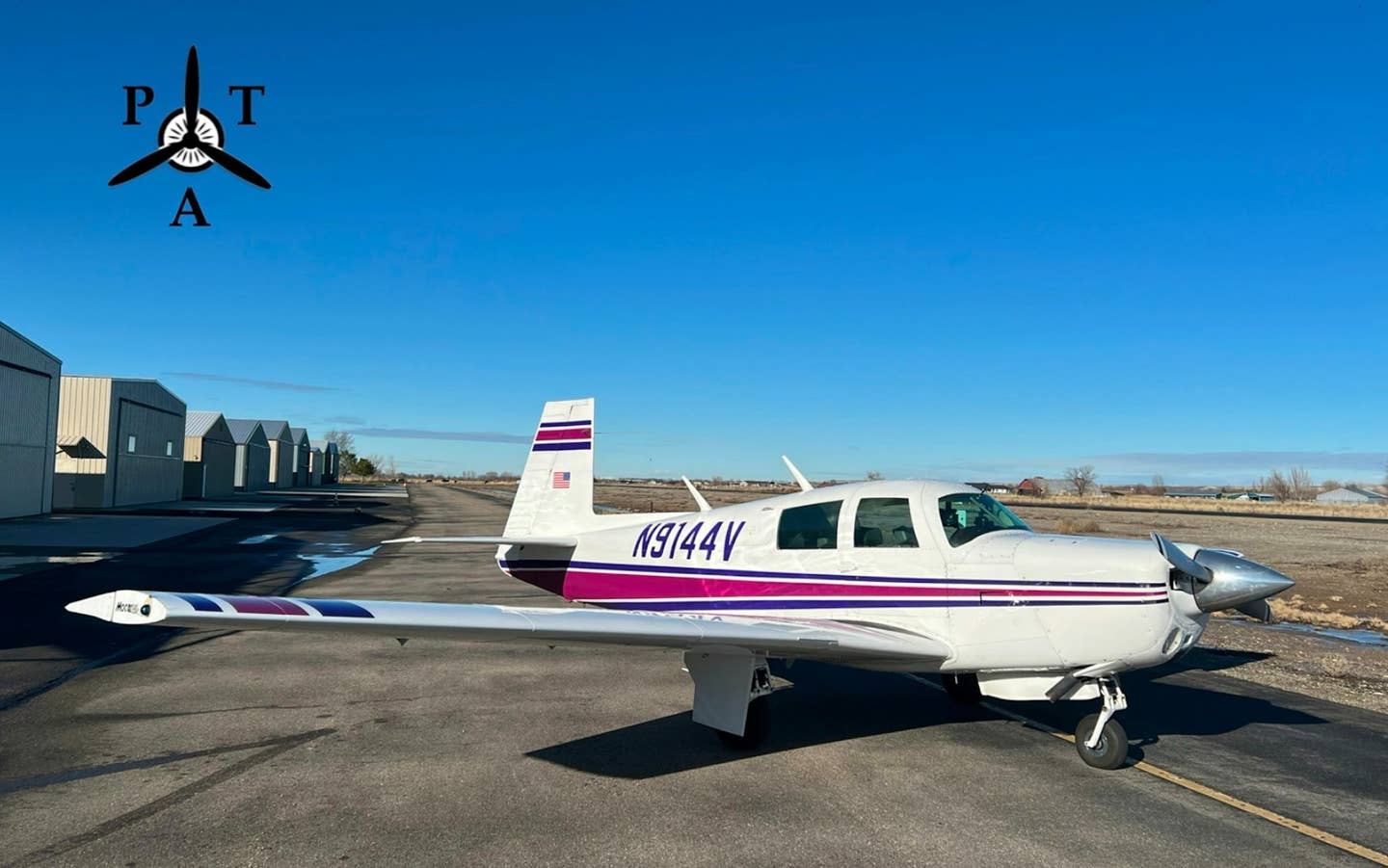
Shared ownership programs are coming of age for light aircraft.
When I first started writing about small airplane shared ownership options back in 1998, there weren't a lot of choices available. OurPlane had been doing business for a while and had locations (and an airplane or two) at several airports in the United States and Canada. Down in Atlanta, another company, AirShares Elite, was just getting started. Its model, to put several airplanes in one area instead of just one or two, was a different take on the business. But unless you happened to be in one of the very few locations served by one of these two companies, shared ownership was a dream.
Today, almost nine years later, both of those companies have expanded greatly, in terms of both numbers of airplanes and locations, and they've been joined in the market by a handful of other serious players, including Texas-based PlaneSmart, which has a business model very similar to that of AirShares. Another startup, iFly, positions itself as a high-end aero club and doesn't even sell airplanes, just time in them and management services. Even airplane manufacturer Cirrus Design has gotten into the act, establishing a service intended to find partners for would-be airplane sharers.
The fact is the concept of shared airplane usage - not all of these companies offer ownership per se - is an idea that is finally flourishing. Today, would-be airplane sharers in dozens of cities around the United States can get into a new airplane for a fraction of the cost and hassle of sole ownership.
The numbers still aren't big. There are only about 100 airplanes being used in programs like these, and maybe 500 share owners, but the rate of growth is great-AirShares added more than 100 share owners just last year. And the market is ripe. The success of Cirrus has proven that there are a lot of potential airplane owners out there, many of whom aren't even pilots yet, who are willing and able to spend around half a million dollars for a fast and capable transportation airplane. If that's the case, how many potential customers are there who would be able to pony up half that amount, or a quarter of it, for the same or similar ownership experience? You don't have to be an economist to realize the numbers are promising.
What Is Shared Ownership?
The basic concept of shared ownership isn't a new one. Ideas were floated as early as the 1960s, and probably earlier, for a timeshare approach to airplane ownership, though when it comes to small airplanes, OurPlane and AirShares were the first successful examples.
The general idea behind shared ownership (though new business models are emerging) is to take an airplane and split it among several owners, very much like a timeshare on a vacation home. For the sake of argument, let's say it's a $400,000 airplane split among eight owners. One-eighth of $400,000 equals $50,000, though the customer pays more than that, since the shared ownership company will charge more than the exact split price. It's part of the business plan. Investment in a one-eighth share runs from between $60,000 and $80,000.
For that price, plus some for profit's sake, you can get a brand new airplane with a shared ownership company, and they'll manage it for you, too. It's this management fee that throws off a lot of potential share owners. While the concept is well known in business aviation, it's brand new in the world of piston singles. These management services (see sidebar) consist of doing everything an owner would have to do to take care of the airplane, from insurance to washing and waxing it.
And it's not cheap. A typical price for management of a one-eighth share is around $750 a month, though some companies charge more and some less.
On top of that, you pay to fly the airplane by the hour. This seems very strange to some pilots coming fresh to shared ownership because they wrongly think of their flying as being free once they paid everything else. In fact, whether you like it or not, every time you fire up the engine, you're paying for gas and oil and wear and tear on the expensive equipment. For an airplane like the Cirrus SR22 (by far the most popular shared ownership airplane), that fee might range from $75 to $100 an hour. Typically that money goes, as is partly the case with whole owners, to buying gas, oil for the airplane. Most shared owners don't pay for the gas themselves when they pull up to the pump. You use a credit card provided by the company, though some shared providers have the customer pay for the fuel.
If shared ownership sounds expensive, you're right. The cost of a one-eighth share of an OurPlane or AirShares or PlaneSmart airplane is a lot more than if you just split the cost among eight friends (which is a great idea in theory and mostly an unworkable one in practice). Then again, shared ownership is really cheap compared with owning a whole airplane by yourself-AirShares advertises that one of its one-eighth shares costs about a third of owning your own airplane, a figure that jibes with our experience in the market.
A Growing Industry
Five years after I first began personally evaluating shared ownership programs, I've become quite a veteran of the process. I've done long-term evaluations of both OurPlane, in 2000, and AirShares Elite, in 2003/2004. The experiences, while different, were both successful, though I preferred the AirShares model of having multiple airplanes, although the availability of the OurPlane 182 I was flying was excellent, too. I'm currently doing a long-term evaluation of the PlaneSmart program. (See December 2006, page 78)
My experiences flying shared airplanes convinced me early on that the shared ownership model, the general idea anyway, had tremendous potential. The cost of new airplanes is higher than many pilots can afford. When coupled with the fact that owning your own older airplane can be unpredictably expensive, shared ownership seemed a natural. But there were and have been barriers to growth. Market acceptance was an early hurdle. Pilots were understandably reluctant to hand over 60,000 of their hard-earned dollars to a new company offering a new product in a marketplace notorious for companies coming and going. While the shared ownership concept is still a bit of an unknown for most pilots, it's becoming better known. David Lee, founder of AirShares Elite, says that his salespeople see a lot less reluctance from prospects than they used to.
If a shared ownership company that sells actual shares of actual airplanes were to go out of business, the customer would still have his airplane fraction. It's a real asset.
Back when I started writing about shared ownership, each of the major players said that they didn't expect growth to happen quickly. Instead, they expected it to be a steady process, and by all appearances, they were right on both counts. Today, AirShares has more than 250 customers and has more than 20 locations around the U.S. In the past year it has added locations in Tampa, Columbus, Fort Lauderdale and Minneapolis.
OurPlane is experiencing growth too. It took delivery of five new airplanes (four SR22s and one new Cessna 182) this year, and it plans to add the same number next year. It's also started a leaseback program, where a new airplane owner can lease his airplane back to OurPlane for use in its programs. And OurPlane is turning its eye to jets, too. It currently has orders for 21 Eclipse airplanes and plans to launch service as soon as the airplane is available. And iAviate, a shared ownership provider in the Airshares mold, is celebrating a full year in business in Norfolk, Virgina. In that time it's grown to a dozen Cirrus airplanes in one form of management or another and around 60 total owners. The company plans to expand to Burbank and Scottsdale, and should have airplanes and owners in both places by the time you read this.
iFly: A Whole Different Kind of Sharing
iFly is a start-up company that launched in September. It has a completely different approach to selling flight time. Its "exclusive aero club" membership offers members a one-quarter share equivalent in a Columbia 350 four-place piston single, with the airplane based at a single airport. iFly currently operates out of six Southern California locations and plans to expand its operations aggressively, though mainly staying in the West for the first several years of operation.
The cost of the program is relatively low, a one-time, five-year membership fee of around $40,000, monthly fee of $1,795 and hourly flight time of $70 an hour. Unlike everybody else in the industry, iFly doesn't cap flight hours, only flight days. Customers get five weekdays and two weekend days a month, though those totals are averaged, so a spike one month can be self-healed by a slower month earlier or later on.
iFly partners with local FBOs to fuel, clean and maintain the airplanes. And it teams up with independent Columbia-approved training organizations to provide initial, recurrent and advanced flight training in the airplanes. It also uses a unique self-dispatch system that keeps track of flight hours, squawks while actually dispensing the airplane's keys.
One might argue that iFly doesn't belong in this roundup of shared ownership providers, since it doesn't actually offer shares in airplanes; I'd politely disagree.
The company's model is different, but its goal is the same as every other company discussed here: to provide flight time in brand new airplanes at a lower cost than whole ownership would allow and to provide top-flight management services, to boot; though as is the case with any startup, it remains to be seen how that goal will translate into customer service.
Does membership make better sense than shared ownership? If you fly enough, it just might. Ask any financial manager and they'll tell you that owning anything makes sense only if it, well, makes sense. If there's not a good reason to own something, then lease it. iFly co-founder and president Andrew DeMond argues that membership is a better deal because at the end of the term when you've added up dollars and cents, you come out spending less money with iFly for the same amount of use, even though at the end of the five-year term, the airplane belongs to them and not to you. DeMond admits that this is true only for serious airplanes users, those who fly around 150 hours a year, instead of the 75 hours a year that a one-eighth share owner in AirShares or PlaneSmart get. And iFly does indeed split its airplanes up only four ways, instead of eight.
While potential shared owners should carefully consider whether they'll be getting enough annual hours for their money, potential iFly members should be asking if they'll get enough annual usage, in days. The program probably isn't right for you if you fly frequent short trips, or if you don't fly very much at all. Because in both of those cases, shared ownership is a better, as in "cheaper," deal.
Cirrus Gets Into the Game, Sort of
Much to the surprise of just about everybody, Cirrus announced earlier this year that it was launching a shared ownership initiative of its own called Cirrus Shares.
The move was a surprise because it put the airplane maker into what looks to be direct competition with some of its best customers, including AirShares, OurPlane and PlaneSmart, which will together take delivery of an estimated two dozen Cirrus airplanes worth around $2 million in 2007. For the record, both Cirrus and most of its shared ownership customers downplay the extent of the competition, and Cirrus had detailed talks with its shared ownership customers before entering the market.
And Cirrus' plan is different. Instead of establishing a base of business in a promising market and then going out and selling shares, it responds to a customer request to participate in the program and then goes out and helps find three other partners for that customer to share the airplane with. The owner/partners take care of their own airplanes.
A Bright Future for Shares?
With the growing familiarity and acceptance of shared ownership in the marketplace, the hope that shared ownership/membership would give growing numbers of pilots access to new airplanes has become a reality. iFly's Andrew DeMond believes that by cutting in half the price of access to a new airplane, the market size will increase five-fold. DeMond says that within five years iFly will have 900 customers from coast to coast, an ambition that might have seemed completely unrealistic even a few years ago.
Instead, every company mentioned here is looking to expand operations to new locations this year, and add airplanes and programs. AirShares is looking to launch a program for shares in a personal jet (maker to be determined), and it's a good bet that Cirrus Shares will be looking to sell partnerships in its personal jet when it arrives, too. While shared ownership of small airplanes has not yet reached the level of fractional shares of business jets, the day probably isn't far off when a large percentage of small airplanes sold will be going into shared ownership (or membership) programs, as is the case with jets today. If that comes to pass, many more pilots-and not just in a handful of cities - will have the opportunity to own a new high-performance airplane for a fraction of the cost of an entire airplane.
Management: What Is It and Why Does It Cost so Much?
The biggest difference between shared ownership and a typical partnership (such as I have with three partners on a 1974 Cherokee Six 300) is that the shared ownership company "manages" the airplane for you. With a partnership, you manage the airplane yourself. Management is a familiar concept for owners of business aircraft and a largely foreign one to owners of small airplanes. Essentially, the management company takes care of the airplane for you, and for that service, you pay that company a fee, typically a hefty fee.
AirShares Elite president David Lee says that he will occasionally have a prospect ask him what's stopping him from rounding up a handful of partners, buying an airplane, managing it himself and saving a lot of money in the process? The short answer is, nothing's stopping him. The longer answer, Lee says, is that people who've been involved in partnerships before know just how complicated they can be and how much work they require to keep things going smoothly. Management service is both the best thing about shared ownership and the most expensive. It's easy to fall in love with management done right. Why is that? Try this experiment: Make a list of everything that's time consuming, annoying, painful, confusing and, when there are partners, a source of rancor among friends. We're talking about things including, but not limited to, scheduling oil changes and annual inspections, ferrying the airplane to maintenance, maintaining databases, getting insurance, making sure you're current and the airplane is too, and much, much more. Then cross out every item on that list, because you don't have to do any of it. It's that sweet.
On the other hand, management is expensive. In a typical program, every month an eighth-share SR22 owner will pay about $750 toward the management fee. That's $750 that you wouldn't be spending, at least not directly, if you were direct partners with seven other pilots. That said, how much does it cost you to fly the airplane to a neighboring airport for maintenance or radio work? That's money out of your pocket, not to mention the time it takes you to do that. Or database subscriptions? They're all taken care of as part of your owner's agreement.
I'm now on my third long-term shared ownership evaluation, and I have to say, the best part of the experience is management. I don't know how I ever lived without it. For more information, check out the companies' websites listed in the chart below. You can find additional information about fractional ownership, including frequently asked questions and archived stories about my experiences flying with OurPlane and AirShares Elite, on flyingmag.com.
| Shared Ownership Programs at a Glance | ||||||
| Program | AirShares Elite | OurPlane | PlaneSmart | Cirrus Shares | iAviate | iFly |
| Established | 1998 | 1998 | 2005 | 2006 | 2006 | 2006 |
| Type | Shared; Lease | Shared; Lease | Shared | Partnership | Shared | Membership |
| Type of Aircraft | Cirrus SR22/SR20 | Mixed | SR22/SR20 | SR22/SR20 | SR22/SR20 | Columbia 350 |
| Total a/c | 50 | 20 | 7 | Recent Launch | 8 | 6 |
| Total Shares | +250 | +150 | +30 | Recent Launch | 60 | Recent Launch |
| Total Locations | 20 | 15 | 2 | n/a | 3 | 6 |
| Loc's w/ More than 1 a/c | 15 | 11 | 2 | n/a | 1 | 0 |
| Loc. w/ Most a/c | Westchester (15) | CYKZ (5) | Dallas (4) | n/a | Norfolk (12) | Each Has 1 a/c Currently |
| Common Share Size | 1/8 (75 hours) | 1/8 (75) | 1/8 (75) | 1/4 | 1/8 (75) | n/a; Equates to ¼/150 hours |
| Overnights Per Year | 21 | Varies, dep on plan | 21 | n/a | Flexible | 7 Days per Month Usage |
| Required Pilot exp. | 250 Hours; IFR | Varies, dep on a/c | PP/IFR pref. | n/a | 150 hours; IFR | 150 hours; PP |
| Management fee-1/8 share | $840 | $750 | $750 | $1,000 (1/4 share) | $850 | $1,795 (1/4 share) |
| Flight hours | $70 (+Surcharge) | Unlimited w/Surcharge | $70 Wet + Surcharge | $90 | $25 dry | $70 dry |
| Website | airshareselite | ourplane | planesmart | cirrusdesign | iaviate | iflysmarter |
| Notes: Initial investment in each program varies widely depending on the type of program (share, lease, membership) and the duration of the term. Initial payments vary from around $40,000 to around $80,000, and most of these companies offer financing services. For specifics about program terms, usage and costs, visit the websites listed above. Related Articles Fractional Ownership of Small Airplanes: Can It Work? Fractionals for Small Airplanes: Part II Flying a Fraction of an Airplane: Part III Flying for the Fractionals The Jury's In: AirShares Elite SR22 A New Fractional Vision Explored |

Sign-up for newsletters & special offers!
Get the latest FLYING stories & special offers delivered directly to your inbox

